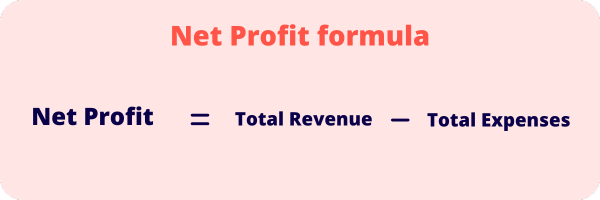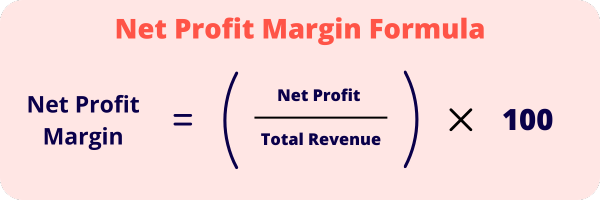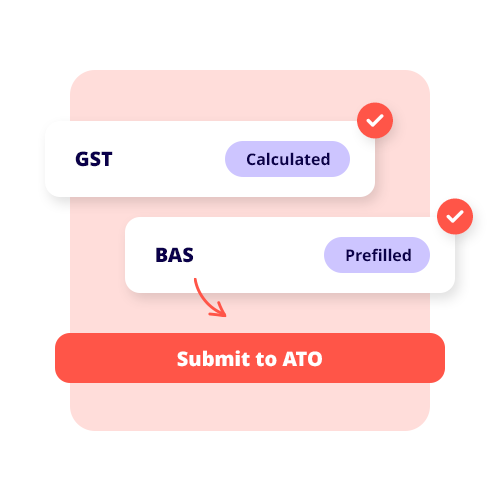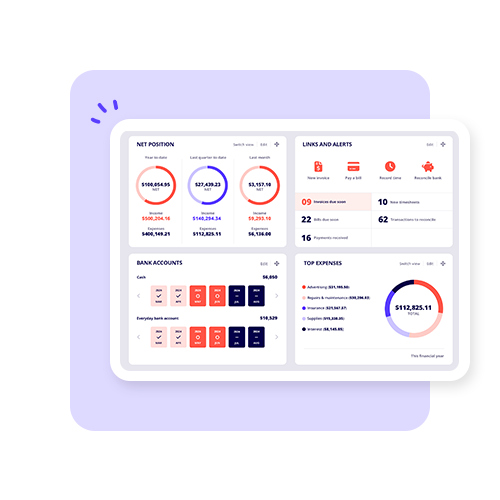Net profit is a company’s earnings after deducting all business expenses and costs from total revenue.
Net profit, net income, and net earnings can be used interchangeably and mean the same thing: Net profit is the figure that helps measure your company’s profitability.
Net profit and your business
Net profit represents the financial health of your company. While operating expenses, overhead costs, cash flow, total revenue, etc., are important financial indicators of your business, net profit paints one of the best pictures of your profitability.
Your net profit, found at the bottom of your income statement, is a key metric that banks and investors look for when evaluating your business. Suppose a company has a positive net income. In that case, it will be more likely to attract investors due to its financial health and secure loans from lenders because it can probably service repayments.
How to calculate net profit
To determine a company’s net profit, you must first compile your business activities and subtract your total business costs from your total revenue:
- Total sales revenue subtracted by
- Cost of goods sold (COGS)/raw materials
- Operating and other expenses
- Interest
- Taxes
Net Profit = Total revenue – total expenses

By subtracting all costs from a company’s revenue, we can determine its profitability. Using net profit margins, we can take financial analysis another step further. Let’s take a look.
Net profit margin formula
Net profit margin tells us the net income as a percentage of a company’s revenue. To generate net profit margin, you simply calculate:
Net profit margin = Net profit / Total revenue x 100

We analyse a company’s income through margins for several reasons. It’s great for comparing your year-on-year results and profitability across different industries.
When comparing your financial records and yearly results, your net profit margin is a better performance indicator. For instance, in one year, you could potentially have a much higher gross profit figure than the previous year but lower net profit margins due to increased operating costs.
For industry comparison, you can see if you are falling short of targets or exceeding them. For instance, if you operate a supermarket with a 2% net profit margin, you may think that this is too low; however, due to your industry, this would align with the supermarket industry average of 2-3%.
Context matters when using profit margins, especially regarding your business. Let’s look at an example.
Net profit examples
To illustrate the importance of net profit and net profit margins in determining profitability, let’s look at two different companies:
| Compay A | Company B | |
|---|---|---|
| Revenue | $100M | $180 |
| COGS/raw materials | $35M | $70M |
| Operating expenses | $10M | $18M |
| Interest | $1M | $1.8M |
| Taxes | $30M | $54M |
| Net Profit | $24M | $36.2M |
The two examples show that Company B has the greater net profit due to increased revenue. However, if we were to use net margin as an indicator of profitability against costs, Company A has the higher margin at 24% versus Company B at 18.1%.
Higher net profit margins mean you can efficiently control costs and keep more dollars from each sale.
See related terms
What is gross profit?
Gross profit vs net profit
How to calculate gross profit margin



















































